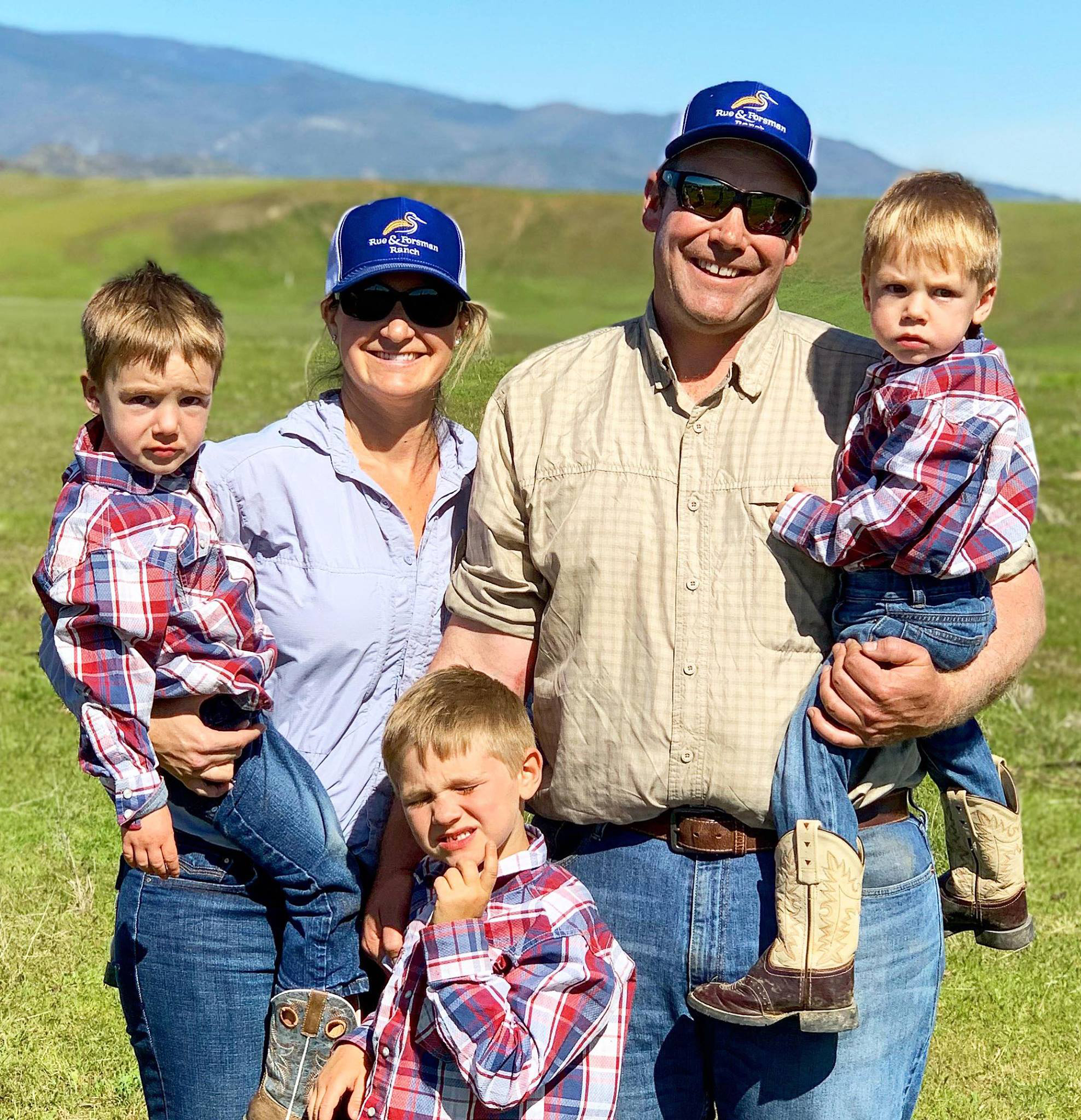 Michael and Suzanne Bosworth support the next generation
Michael and Suzanne Bosworth support the next generation
Apr 05, 2019
Excerpt from Field to Market Farmer Spotlight
RIO OSO, CA -- Marketing his rice directly to California consumers from his operation, Rue & Forsman Ranch, rice farmer Michael Bosworth is no stranger to questions about sustainability. His customers, ranging from student cafeterias at his alma-mater UC Davis to tech campuses throughout Silicon Valley, are eager for information about how he produces the 18 varieties of rice he markets to them directly. “I’m out there talking about sustainability to my customers, and it’s good to talk,” says Michael. “But the problem with sustainability is: Everybody talks. And I didn’t have a great way to measure it.”
Michael was introduced to the Fieldprint Platform, a tool that measures the environmental impacts of commodity crop production and identifies opportunities for continuous improvement, through USA Rice and has entered in crop data over several years. For Michael, the Platform provides the opportunity to gather measurement data he needs to better communicate with his consumers. “If you have a way to track and measure your success over time and your ability to continuously improve, that’s really important,” Michael says. “As farmers, we’re doing some pretty cool stuff, but being able to quantify the impact of that is so important.”
As an innovator in rice production, Michael always strives for more improvements and supports the rice community as an advocate for new technologies by sharing his learnings through his advanced use of social media.
“Farmers think about farming and the impact we have all the time,” Michael explains, “But consumers aren’t thinking about it for twelve hours a day, they’re thinking about it for maybe ten minutes a year. So, if you’re able to talk about what you’re doing on your farm effectively, you have a great opportunity to shape their perspective.”
Rue & Forsman Ranch also plays a vital role in local wildlife conservation, partnering with the Nature Conservancy to adjust field flooding schedules to create seasonal bird habitat on more than 1,000 acres in the fall, winter, and spring. The habitats often provide unexpected benefits such as when late floods allowed weeds to germinate and sprout, helping Michael more easily target them in the field.
“I need to farm rice 180 days a year, but I can also have other productive uses for the land the other 180 days,” Michael says, describing his holistic approach to farming and wildlife conservation. “It’s figuring out how to maximize the benefits of the land around the year.”
Managing his growing season, wildlife preservation, and consumer outreach can be a balancing act. “Most farmers are planning in decades and generations,” he says, reflecting on his fifth-generation family farming legacy and the future he sees for his three boys. “Having that long-term view to continue to build strong businesses while caring for the land, that’s the big picture, and it’s a big deal.”